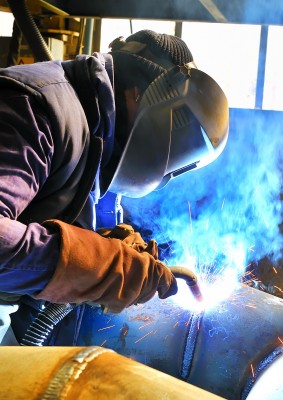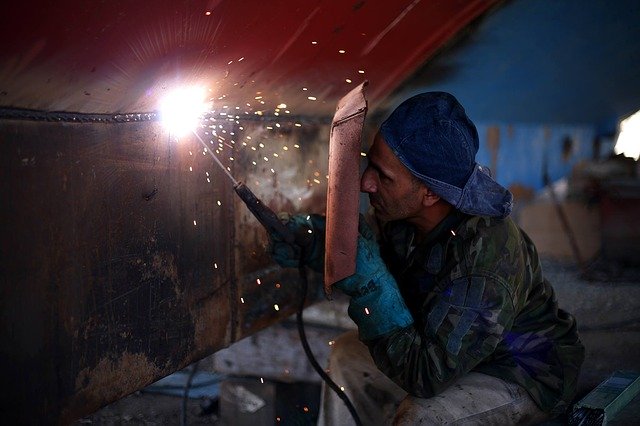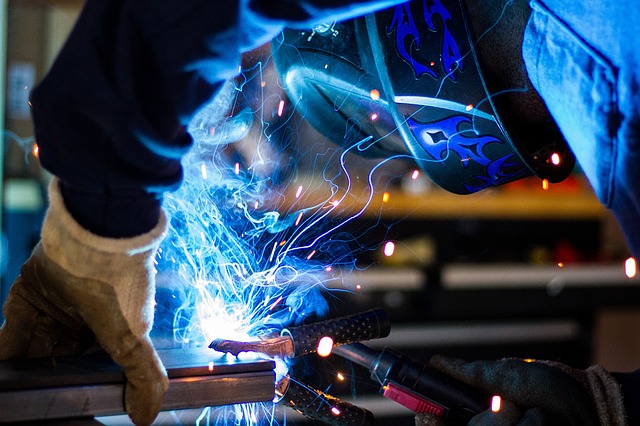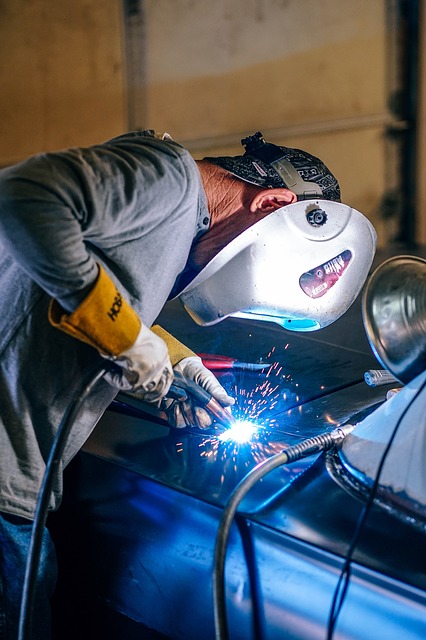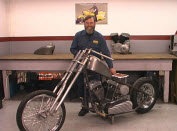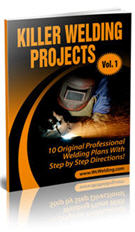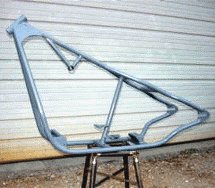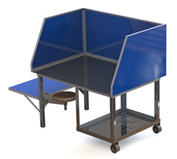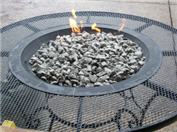Welding Safety Tips
The following welding safety tips are contributed by fellow welders. Please contribute your welders safety and help a welder out...
Welding Safety Issues.
Safety is paramount in all walks of life, but especially in welding. A project you are working on may take place in a commercial shop, your garage or in a hobby shop.
Nevertheless, safety should be your first priority. In welding, the safety hazards include heat, fire, electric shock, rays (high energy visible light, ultraviolet and infrared radiation), fumes and personal injury.
Safety is paramount in all walks of life, but especially in welding. A project you are working on may take place in either a commercial shop or your garage.
Safety should be your first priority. In welding, the safety hazards include heat, fire, electric shock, rays (high energy visible light, ultraviolet and infrared radiation), fumes and personal injury.
Personal Welding Safety.
Before beginning a welding job, ensure that you are protected from personal injury by wearing proper clothing. The purpose of this attire is to protect as much exposed skin as possible from hot metal splatter and exposure to radiation generated by the arc, and direct touch. Below is a list of recommended protective clothing:
- Dry, welder type gloves
- High-top heavy leather boots with rubber soles or rubber boots
- Hat or other head covering
- Long sleeved shirt, with waist tucked into trousers
- Trouser without cuffs -no cutoffs or shorts
- Welders mask with proper filter
Heat.
Intense heat results from the arc, generating up to 10,000 degrees Fahrenheit. In a fraction of a second, molten metal is produced.
As you can imagine, without wearing the correct protective clothing, the person welding is subject to burns to the skin by direct contact, splatter of molten metal or slag landing on the skin.
If cuffed trousers are worn, molten metal could fall into the cuff, causing a serious burn to the leg or ankle. Trousers must be worn outside the boot so as to prevent hot molten metal or slag from going into the boot. A welder's apron should be considered as part of your protective apparel.
Fire.
Make sure your planned working area is clean and clear of all combustible materials. Failure to have a clean work area could invite disaster. Depending upon the type of combustible material, any flying sparks or hot molten metal contacting the material could result in fire or explosion. Combustible materials might include:
- Cleaners or other solvents
- Gasoline
- Combustible gases or fumes
- Cleaning rags
- Paper
- Sawdust
- Plastics
Fumes.
Welding should always be conducted in a well-ventilated area. Most electrodes produce smoke and fumes. In confined spaces, some welding fumes can be deadly. Certain metals used in chopper fabrication, such as Chrome Moly (Cr-Moly) pose a hazard if overexposed.
The effect of acute (short term) overexposure to the gases, fumes and dust may include irritation to the eyes, lungs, nose and throat. Some toxic gases associated with welding may cause other medical problems, even death.
Light & Radiation
There are three components of light associated with arc welding. These are visible light, ultraviolet light (UV) and infrared radiation. When arc welding, the intense light radiated from the arc causes extreme discomfort to the eyes. This is the visible light.
The invisible Ultraviolet (UV) radiation can cause permanent damage to the retina of the eye if proper filtering is not used in the welder's mask. The infrared radiation can damage the cornea of the eye and contribute to the formation of cataracts.
UV radiation can also cause skin burns, much like sunburn. Shielding of your work area is recommended to protect others from the light of the welding arc.
Electric Shock.
Even though modern welding equipment generally uses low voltage, there is still the potential for electric shock. The working environment should remain clean and dry.
Give yourself ample room in which to work. A small shock, though not life threatening, can cause you to hurt yourself as you "auto-respond" with a jerk motion away from the shock. So wear dry gloves and rubber soled shoes.
In Review.
In welding, the safety hazards include heat, fire, electric shock, rays (high energy visible light, ultraviolet and infrared radiation), fumes and personal injury.
The purpose of protective attire is to protect as much exposed skin as possible from hot metal splatter and exposure to radiation generated by the arc, and direct touch.
Intense heat results from the arc, generating up to 10,000 degrees Fahrenheit. Make sure your planned working area is clean and clear of all combustible materials. Welding should always be conducted in a well-ventilated area.
Shielding of your work area is recommended to protect others from the light of the welding arc. So wear dry gloves and rubber soled shoes.
Related Welding Safety Information and Tips:
Have A Great Story About Welding Safety?
Do you have a welding safety tip? Share it!
What Other Visitors Have Said
Click below to see contributions from other visitors to this page...
Safety Tips! Not rated yet
Thanks for the welding tips. Spring is here and I do not get to weld much in the winter due to the cold.
It is nice to be reminded about safety. For …
Welding Plans:
New! Welding Table
New! Log Splitter
Top Projects:
